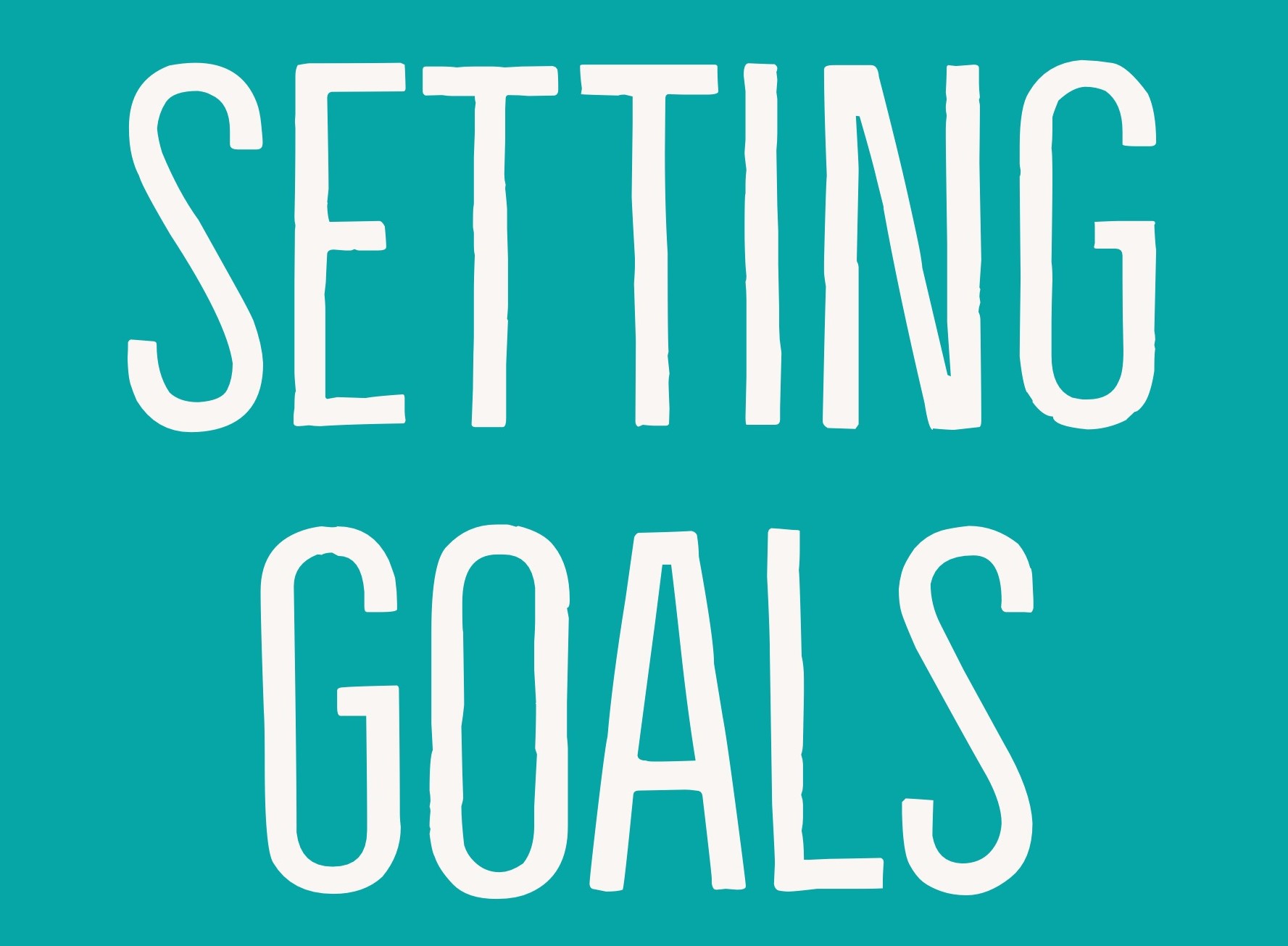Using the SMART Acronym for Setting Goals

The simple process of thinking about goals has been shown to increase motivation. When the student athlete writes these goals down, the likelihood of achieving them doubles. If the student athlete shares the goals, either verbally or by posting them somewhere public, the chance for accomplishing them doubles again. Setting goals might be as close to a magic bullet for motivation as there is in sports.
Many student athletes go through sports, and life, without ever setting any tangible goals. When we go through life without setting goals we are less likely to work through adversity. By having a goal student athletes have a reason to work hard and are willing to go through the tough times to reach this goal.
Using the SMART Acronym for Setting Goals
Many student athletes have never set goals so it’s important to teach them a framework to develop their personal goals. This is relatively simple, but there are a few things that coaches need to look out for when student athletes start to determine their goals. The acronym SMART is a safe place to start when developing a framework for setting goals.
S-Specific
Each goal should have a very definitive scope. This means that it focuses on a particular skill or outcome that the student athlete would like to improve on. A goal of “be a better person” would not be a better goal because it, among other things, is too broad. Instead the person might want to change the goal to “do three nice things a day without expecting anything in return.”
M-Measurable
The ideal goal should be simple to measure and easy to get objective feedback on. With a measurable goal you either achieve it or you don’t, there is no in between. To go back to our example, the goal of “be a better person” does not have any objective way of measuring the achievement. The improved goal of “do three nice things a day without expecting anything in return” has a distinct measuring aspect to it. This goal might be made better if the person defined what a nice thing was.
A-Attainable
This is a major danger area when people start setting goals. The idea of setting a goal just outside of reach is a great strategy, but it’s important that the goal can be accomplished. If the goal isn’t attainable the person setting the goal is setting themselves up for failure. This unattainable goals lead to frustration and will cause the student athletes to give up. The ideal goal should be a stretch but very possible.
R-Result-Independent
To often teams set their goal based around things that they do not control. It is far more effective to focus on the actions that lead to the result than to making the goal the outcome of the Result. Nick Saban has made this famous with his Process. In the process every person in the program focuses on the immediate event and how they can complete that task to the best of their ability. By focusing on the immediate event the result takes care of itself.
T-Time Based
Open ended goals lead to procrastination. By adding a time-based element to the goal the student athlete now has the pressure of a limited time frame. This leads a more proactive approach in working to accomplish the goal.
The ability to set goals is not something that comes natural to people, but it is a very learnable skill. This skill is one that will continue to give back to your student athletes throughout their life.
(See Also) Determining your Work-on for the Off-season










